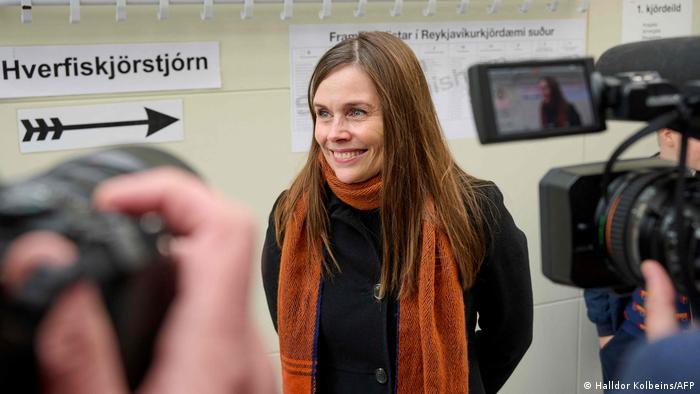Belgium will now offer employees the opportunity to work a four-day week. Various countries and companies have experimented with the idea, which is gaining traction in many parts of the world.

Who doesn't dream of less time spent at work?
Four days working, three days relaxing with friends and family. And all this for the same money. What's not to like? Surely most employees would jump at the chance. Advocates for the four-day work week suggest that when it is implemented worker satisfaction increases, as does productivity.
Belgium will now be introducing four-day working weeks for those who want it. However, employees will not be working less. They will simply condense their hours into fewer days if they want to. They will be allowed to decide flexibly on whether to work four or five days a week.
Belgian Prime Minister Alexander de Croo hopes that the model will help to create a more dynamic economy and will make it easier for people to combine their family lives with their careers. But some full-time employees will be working very long days if they choose to condense their hours. Others, like shift workers, will simply not have the option of that flexibility.
DW explores which countries and companies have already experimented with the four-day working week.
Iceland: Fewer hours at full pay
Iceland tested a similar model from 2015 and 2019. However, it reduced the working week from 40 to 35 or 36 hours and maintained pay levels. Some 2,500 people took part in the test phase.
A study by the Icelandic non-profit Alda (Association for Democracy and Sustainability) and the British think tank Autonomy found that the well-being of participants had improved significantly, working processes had been optimized and there was closer collaboration between colleagues. Productivity either stayed the same or improved.
After the test phase, trade unions and associations negotiated permanent cuts in working hours. Some 86% of employees now have the right to a four-day week.

The shorter work week is a success in Iceland, whose prime minister is Katrín Jakobsdottir
Scotland and Wales: An expensive experiment
Scotland is also currently testing the four-day work week, with the state supporting participating companies with about £10 million (ca. $13.6 million). In Wales, Sophie Howe, the future generations commissioner, has also called on the government to introduce a similar four-day working week trial, at least in the public sector.
Mixed results in Sweden
In Sweden, a four-day working week with full pay was tested in 2015, with mixed results. Even left-wing parties thought that it would be too expensive to implement this on a large scale. But some companies chose to keep reduced hours for their workers. The car firm Toyota had already decided to do this for mechanics 10 years ago and has stuck with its decision.
Fake news from Finland
Finland also hit the international headlines for a brief moment, after reportedly cutting working hours dramatically. The northern European country allegedly wanted to introduce a four-day working week, as well as a six-hour day. But it turned out that this was fake news, which the government then had to put straight.
Spain struggles to start trial phase
In Spain, the four-day working week will also be tested at the request of the left-wing party Mas Pais. Some 6,000 employees of 200 small and medium-sized companies will be able to extend their weekend by one day, with full pay. The trial phase is due to run for at least one year, but it is not yet clear when it will begin.
From start-ups to corporate giants
In Germany, it is mainly smaller start-ups that are experimenting with a shorter working week. But in other countries, such as Japan, it is bigger companies that are venturing into this territory: For example, the tech giant Microsoft has experimented with the model by offering employees three-day weekends for a month.
In New Zealand, the consumer goods giant Unilever is currently trialing a four-day work-week at full pay. If the experiment turns out to be a success, it will reportedly be extended to other countries.
This article was originally written in German.











